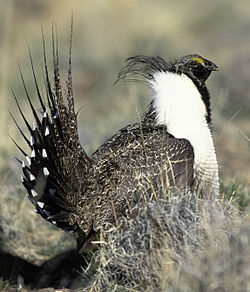This article has multiple issues. Please help improve it or discuss these issues on the talk page . (Learn how and when to remove these messages)
|
[1] Meriwether Lewis collected many hundreds of plants on the Lewis and Clark Expedition. All of the plants Lewis collected in the first months of the Expedition were cached near the Missouri River to be retrieved on the return journey. The cache was completely destroyed by Missouri flood waters. Other collections were lost in varying ways, and we now have only 237 plants Lewis collected, 226 of which are in the Philadelphia Herbarium. [2] Lewis hired Frederick Pursh for $70 to do the complex task of describing 124 of his collections, which Pursh did and published in 1814.



